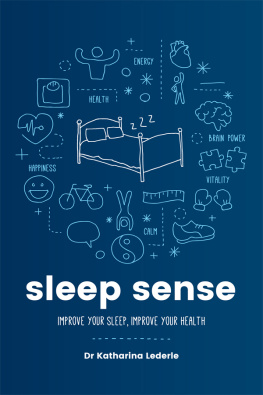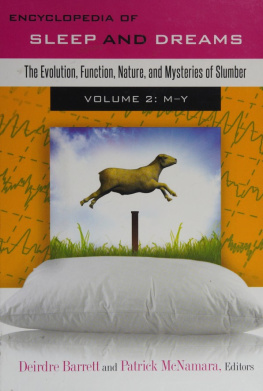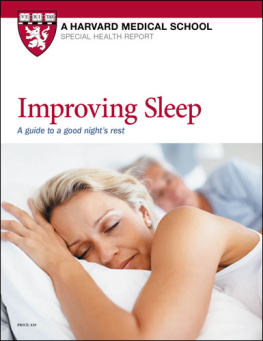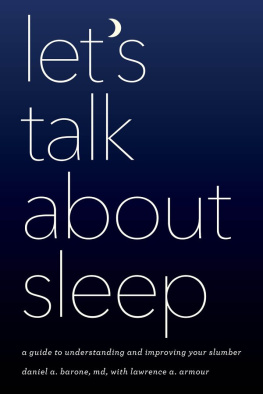OSAObstructive sleep apnea.Apnea means not being able to breathe, so sleep apnea means not being able to breathe during sleep. Obstructive sleep apnea, or OSA, is the most common form of sleep apnea, which is thought to affect 2030 percent of men and 1015 percent of women in North America, though many cases are still undiagnosed. As society ages and gets heavier, OSA is almost certainly going to become even more prevalent.
When we are awake, the brain signals the upper airway to stay open; this includes the tongue, the tonsils, the uvula (the punching bag in the back of the throat), and the soft palate (the back part of the roof of the mouth). When we fall asleep, our muscles relax, which results in the airway becoming smaller.
When someone has unobstructed breathing in sleep, it means that the airway, even though it is a little smaller than when awake, is still wide open. In the case of snoring, the airway is tighter, either from weight (fat tissue on the neck), genetics, nasal congestion, smoking, alcohol, or other factors. As inhaled air rushes by when this person breathes in, it becomes very turbulent and causes the soft tissues to vibrate quickly, which results in the sounds of snoring. Snoring by itself is usually not harmful, but it could be a marker of OSA (but not everyone who snores has OSA, and not everyone who has OSA will snore).
When the airway closes off completely, we have an apnea caused by the obstruction. OSA, by definition, is tissue obstructing the airway for at least ten seconds. Contrary to popular belief, a person will not choke to death in this situation. Rather, the apnea triggers the brain to either wake up, go into lighter sleep, move the body, gasp for air, or otherwise do something to improve the blockage. This does not cause harm when it happens only once or twice, but after years and years of this happening nightly, problems may arise. Someone with OSA may be sleeping a full eight hours per night, but because his or her airway is repeatedly closing through the night, the quality of his or her sleep may be so impaired that they wake up totally unrefreshed and there may be health consequences.
Many people with OSA complain of grinding their teeth (bruxism). They also may have morning headaches. Some complain of needing to wake up to urinate through the night (which in many cases is falsely blamed on prostate issues), and there can be gastric reflux symptoms like heartburn. Over the years, serious cases of OSA have effects on blood pressure, blood sugar, and bodyweight, and can lead to atrial fibrillation (a-fib), heart attacks, strokes, diabetes, and even cancer.
Even in those who are very thin, OSA can still be present. It is important to note that the anatomy/physiology of the upper airway in someone with OSA tends to be tight, which can set them up for airway closures in sleep. In some OSA patients, this has little to do with weight, but is rather based on age and genetics.
Having OSA can make it difficult to lose weight. This has to do with two hormones the body makes, leptin and ghrelin: leptin is made by our fat cells and tells us it is time to stop eating, whereas ghrelin is made by our stomach and tells us we are hungry. When sleep is disrupted because of OSA, these hormones get out of whack and can make it harder to control our appetite. Once OSA is treated, it may realign these hormones, which may raise energy levels and lead to an increased desire/ability to exercise. Both of these would potentially bring about weight loss.
Like insomnia, OSA gets more frequent as we get olderin both in men and women. Premenopausal women are protected against OSA, thanks to two other hormones: estrogen and progesterone. Once their production is stopped during menopause, the risk of having OSA in women almost reaches the level of men (see the entries for Estrogen and Progesterone).
We characterize OSA by how often the airway closes each hour over the course of a nights sleep; this is determined by either an in-lab test (see Polysomnography) or a home test (see Home sleep testing). Fewer than five events per hour is normal. If you took a thousand people at random and had them do a sleep test, the majority would have two or three events per hour, and believe it or not, this is not a big deal. Mild OSA consists of five to fifteen stoppages of breathing per hour; moderate OSA is fifteen to thirty stoppages per hour; and severe OSA is more than thirty stoppages per hour.
People who have mild and perhaps moderate OSA for a period of time are not usually affected in a major way health-wise, but people suffering with the moderatesevere and the severe form are at risk for other health concerns as we said above. After ten or fifteen years, OSA can have a big impact on mortality. Were talking about cardiovascular illness, strokes, heart attacks, and so on. Its a serious condition because it can take years off a persons life. The bottom line is if there is a possibility you have OSA, get tested.
THE STORY OF SLEEP
Mandibular advancement device (MAD). This is a mouth guard that sits over both the upper and lower sets of teeth, and it is used to treat snoring and obstructive sleep apnea (OSA). It works by pulling the lower jaw (the mandible) forward a few millimeters, when worn at bedtime. This has the effect of pulling the tongue and soft tissues away from the back of the throat and opening the upper airway. While mouth guards for teeth grinding (bruxism) are very common, MAD is a little different and does more than just protect the teeth, even though it can be used in place of a simple, grinding mouth guard. While a high-quality version of MAD is usually made by a dentist (useful for OSA), a temporary one can be purchased online (useful for snoring). I usually reserve these for patients with mild to moderate OSA or for a severe case where a patient cannot tolerate continuous positive airway pressure. Sometimes, insurances may not cover them, which may end up costing a patient hundreds or even thousands of dollars. But, if it works, it can be a huge benefit.
Marijuana. I am frequently asked about marijuana and marijuana-type products. While some data shows that marijuana can be useful to reduce anxiety and pain, but whether it helps sleep is a matter of debate. As of now, we are unclear about the long-term effects of marijuana on the brain.
It is known that REM sleep is inhibited by marijuana use. Ask anyone who uses marijuana products regularly, and they will tell you that if they ingest them (either through smoke or otherwise) daily and then stop for a time, the dreams they experience will be much more intense, vivid, and even nightmarish at times. What they are experiencing is REM rebound, which is a consequence of chronically suppressing REM sleep.
The big question is, Is it worse for someone with severe anxiety or pain not to sleep at all, or to have sleep that is REM deprived? We dont know the answer, which is why it important for people to check with their doctor before they try marijuana. Just because marijuana is natural does not mean it is 100 percent safe. That said, I am convinced that marijuana can have a place in the right context, but only time and rigorous research will give us definitive answers.
Massage therapy. If you have trouble sleeping, I would consider getting a professional massage. The purpose of massage is generally for the treatment of stress, pain, and even sleep. The types of massage are varied, including Swedish, deep tissue, structural integration, trigger point, manual lymphatic drainage, sports massage, Thai massage, and others.
Is massage therapy right for everyone? And what is the best kind for insomnia? I am not sure these questions have been answered or will ever be answered in a definitive way. However, if you have access to someone who performs massage and you have the means to experience it yourself, it is worth checking out. Anecdotally, when I get a massage, it helps me not just to sleep but also in reducing tension and feeling better.





